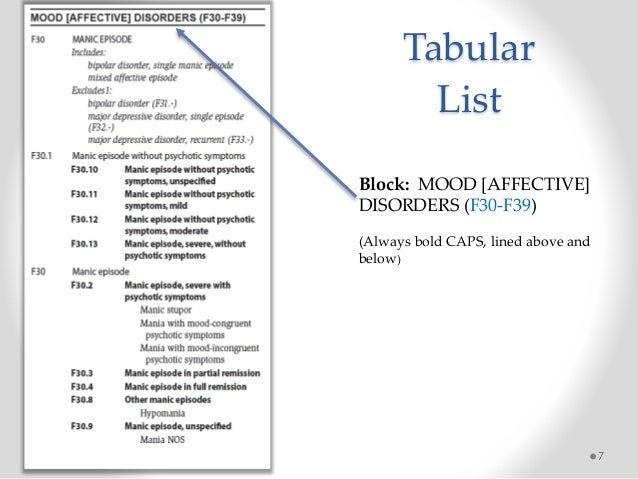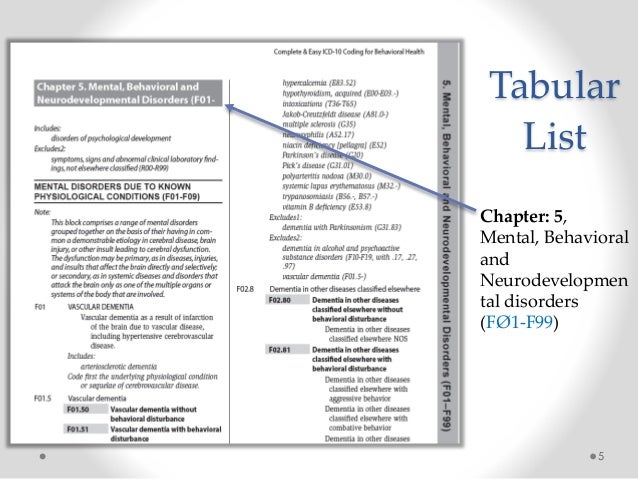

When the admission/encounter is for management of an anemia associated with an adverse effect of the administration of chemotherapy or immunotherapy and the only treatment is for the anemia, the anemia code is sequenced first followed by the appropriate codes for the neoplasm and the adverse effect (T45.1X5 -, Adverse effect of antineoplastic and immunosuppressive drugs).
 Anemia associated with chemotherapy, immunotherapy and radiation therapy. When admission/encounter is for management of an anemia associated with the malignancy, and the treatment is only for anemia, the appropriate code for the malignancy is sequenced as the principal or first-listed diagnosis followed by the appropriate code for the anemia (such as code D63.0, Anemia in neoplastic disease). Coding and sequencing of complicationsĬoding and sequencing of complications associated with the malignancies or with the therapy thereof are subject to the following guidelines: When a patient is admitted because of a primary neoplasm with metastasis and treatment is directed toward the secondary site only, the secondary neoplasm is designated as the principal diagnosis even though the primary malignancy is still present.Ĭ. code as the first-listed or principal diagnosis, and the diagnosis or problem for which the service is being performed as a secondary diagnosis. The only exception to this guideline is if a patient admission/encounter is solely for the administration of chemotherapy, immunotherapy or external beam radiation therapy, assign the appropriate Z51. If the treatment is directed at the malignancy, designate the malignancy as the principal diagnosis. Factors influencing health status and contact with health services, Status, for information regarding Z15.0, codes for genetic susceptibility to cancer. The Tabular List should then be referenced to verify that the correct code has been selected from the table and that a more specific site code does not exist. It is important to select the proper column in the table that corresponds to the type of neoplasm. Alphabetic Index to review the entries under this term and the instructional note to “see also neoplasm, by site, benign.” The table provides the proper code based on the type of neoplasm and the site. However, if the histological term is documented, that term should be referenced first, rather than going immediately to the Neoplasm Table, in order to determine which column in the Neoplasm Table is appropriate. The neoplasm table in the Alphabetic Index should be referenced first. Malignant neoplasms of ectopic tissue are to be coded to the site of origin mentioned, e.g., ectopic pancreatic malignant neoplasms involving the stomach are coded to malignant neoplasm of pancreas, unspecified (C25.9). For multiple neoplasms of the same site that are not contiguous such as tumors in different quadrants of the same breast, codes for each site should be assigned. 8 ('overlapping lesion'), unless the combination is specifically indexed elsewhere. Primary malignant neoplasms overlapping site boundariesĪ primary malignant neoplasm that overlaps two or more contiguous (next to each other) sites should be classified to the subcategory/code. If malignant, any secondary ( metastatic) sites should also be determined. To properly code a neoplasm, it is necessary to determine from the record if the neoplasm is benign, in-situ, malignant, or of uncertain histologic behavior. Certain benign neoplasms, such as prostatic adenomas, may be found in the specific body system chapters. Chapter 2: Neoplasms (C00-D49): General guidelinesĬhapter 2 of the ICD-10-CM contains the codes for most benign and all malignant neoplasms. For a complete listing of the guidelines, see. These can be found in the “ ICD-10-CM Official Guidelines for Coding and Reporting FY 2019” and can be found on pages 29-36. The guidelines for coding Neoplasms are below.
Anemia associated with chemotherapy, immunotherapy and radiation therapy. When admission/encounter is for management of an anemia associated with the malignancy, and the treatment is only for anemia, the appropriate code for the malignancy is sequenced as the principal or first-listed diagnosis followed by the appropriate code for the anemia (such as code D63.0, Anemia in neoplastic disease). Coding and sequencing of complicationsĬoding and sequencing of complications associated with the malignancies or with the therapy thereof are subject to the following guidelines: When a patient is admitted because of a primary neoplasm with metastasis and treatment is directed toward the secondary site only, the secondary neoplasm is designated as the principal diagnosis even though the primary malignancy is still present.Ĭ. code as the first-listed or principal diagnosis, and the diagnosis or problem for which the service is being performed as a secondary diagnosis. The only exception to this guideline is if a patient admission/encounter is solely for the administration of chemotherapy, immunotherapy or external beam radiation therapy, assign the appropriate Z51. If the treatment is directed at the malignancy, designate the malignancy as the principal diagnosis. Factors influencing health status and contact with health services, Status, for information regarding Z15.0, codes for genetic susceptibility to cancer. The Tabular List should then be referenced to verify that the correct code has been selected from the table and that a more specific site code does not exist. It is important to select the proper column in the table that corresponds to the type of neoplasm. Alphabetic Index to review the entries under this term and the instructional note to “see also neoplasm, by site, benign.” The table provides the proper code based on the type of neoplasm and the site. However, if the histological term is documented, that term should be referenced first, rather than going immediately to the Neoplasm Table, in order to determine which column in the Neoplasm Table is appropriate. The neoplasm table in the Alphabetic Index should be referenced first. Malignant neoplasms of ectopic tissue are to be coded to the site of origin mentioned, e.g., ectopic pancreatic malignant neoplasms involving the stomach are coded to malignant neoplasm of pancreas, unspecified (C25.9). For multiple neoplasms of the same site that are not contiguous such as tumors in different quadrants of the same breast, codes for each site should be assigned. 8 ('overlapping lesion'), unless the combination is specifically indexed elsewhere. Primary malignant neoplasms overlapping site boundariesĪ primary malignant neoplasm that overlaps two or more contiguous (next to each other) sites should be classified to the subcategory/code. If malignant, any secondary ( metastatic) sites should also be determined. To properly code a neoplasm, it is necessary to determine from the record if the neoplasm is benign, in-situ, malignant, or of uncertain histologic behavior. Certain benign neoplasms, such as prostatic adenomas, may be found in the specific body system chapters. Chapter 2: Neoplasms (C00-D49): General guidelinesĬhapter 2 of the ICD-10-CM contains the codes for most benign and all malignant neoplasms. For a complete listing of the guidelines, see. These can be found in the “ ICD-10-CM Official Guidelines for Coding and Reporting FY 2019” and can be found on pages 29-36. The guidelines for coding Neoplasms are below. 
These guidelines are for medical coders who are assigning diagnosis codes in a hospital, outpatient setting, doctor’s office or some other patient setting. The guidelines are based on the coding and sequencing instructions from the Tabular List and the Alphabetic Index in ICD-10-CM. These guidelines, developed by the Centers for Medicare and Medicaid Services ( CMS) and the National Center for Health Statistics ( NCHS) are a set of rules developed to assist medical coders in assigning the appropriate codes. Acknowledgements Appendix A: ICD-10-CM Official Guidelines for Coding and Reporting*







 0 kommentar(er)
0 kommentar(er)
